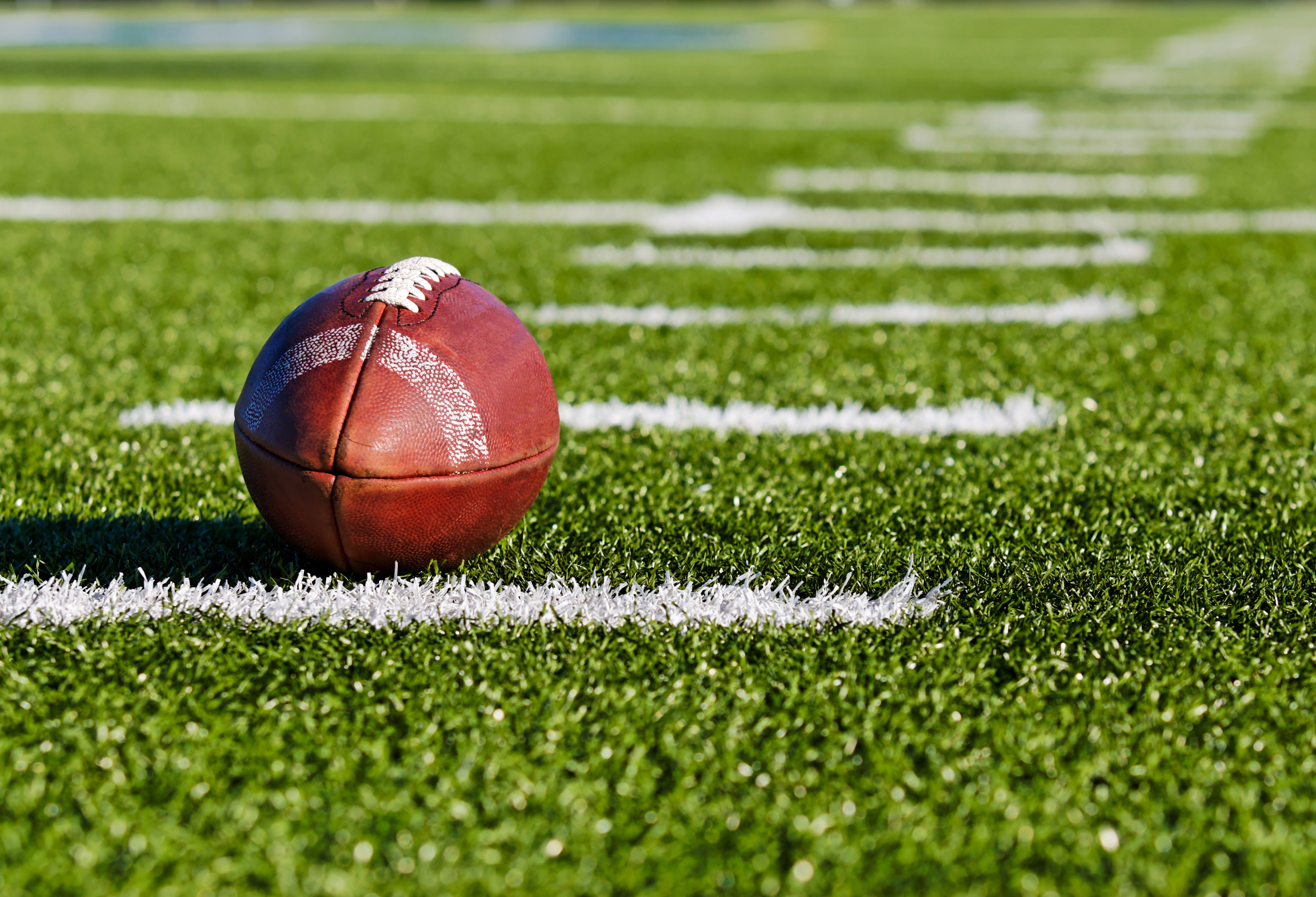Marketing Lessons from Super Bowl LII

Brands invest big marketing dollars in the Big Game. During the Super Bowl this year, NBC charged over $5 million per 30 second TV spot, which may be justified given that about 100 million viewers were watching. In addition, it is estimated that brands spent between $1 million and $5 million on production costs.
Themes that emerged from the commercials include focusing on brand mission rather than specific product attributes, ramping up on social media beforehand, and incorporating humor. Among the various themes and brands that aired, curious CPG brands can draw a number of marketing lessons from Super Bowl LII.
Coca-Cola kicked off its brand’s 2018 marketing campaign, “A Coke For Everyone,” in its 60 second spot. Their commercial showing scenes of people from all backgrounds was set to the backdrop of different voices reciting a poem centered on inclusion, ending in the line “there’s a Coke for we and us, and there’s a Coke for you.”
Coca-Cola’s marketing campaign this year reflects its longstanding reputation for inclusion messaging and will not stop at the Super Bowl. Coca-Cola plans to continue their message throughout the year, running into the Olympics and, finally, the holidays.
Takeaway: Identify your brand’s big-picture message and stick with it.
M&M’s released pre-game teaser videos, including one of Danny DeVito swimming in a pool of chocolate and another of a film critic over-reacting to the M&M’s Super Bowl ad.
Takeaway: Bank on excitement. Build anticipation of your brand’s upcoming events to increase engagement and maximize impact.
Starring David Harbour of Stranger Things, Tide’s ads took a comedic approach by surprising viewers with the line, “It’s a Tide ad,” just when you were bracing yourself for a Mr. Clean or Old Spice commercial. Tide got some seriously positive press from their gag.
Takeaway: Be clever – that is, if your brand can get away it.
Amazon’s commercial of what might happen if Alexa lost her voice and were replaced by various celebrities came through as a clear Super Bowl ad winner, some experts are saying.
Takeaway: Don’t take yourself too seriously and have some fun. Believe it or not, approaching advertising this way could help your audience have more fun, too.
Ram Truck’s use of Martin Luther King Jr’s voice in their commercial was clearly taking it too far. The idea of a deceased civil rights activist involuntarily selling trucks caused a lot of backlash.
Takeaway: Know your limits. Be sensitive when drawing parallels between your product and your big-picture message.
H-E-B aired a commercial in the Texas markets where the San Antonio-based grocery retailer is located that featured country music artist, Cowboy Troy, laying down the rhymes about H-E-B’s mission to find Texas’s best foods in an upcoming food competition.
Takeaway: Know your audience and speak right to their heart (and that might entail use of country music).
Then there’s Kind, who simply eschewed NBC’s multi-million dollar cost for seconds of airtime by giving away $6 million in free Kind Bars and using a silly, cute ad to promote it. The video ad shows the brand’s founder attempting to “emote” for an advertisement while continually getting interrupted by an amateur director who supposedly works in accounting.
Takeaway: Look at what marketing avenues produce the most sales. Think outside the box. Maybe getting consumers hooked on your product through trying it is more effective long term than simply increasing brand awareness through TV.
With brands spending millions on ads that last seconds during the Super Bowl, it’s clear significant time, research, and talent were invested into each Big Game ad. Whether the ad had a focus on brand mission or was just plain funny, a number of marketing lessons can be drawn from the Super Bowl commercials this year.
